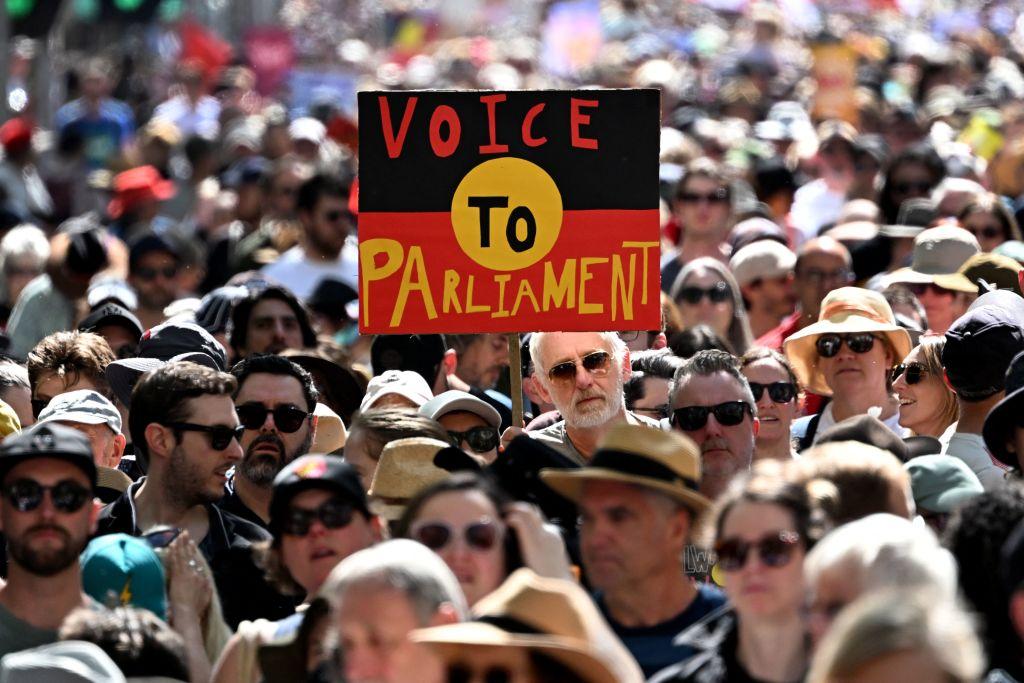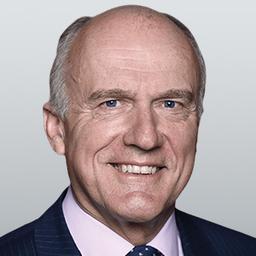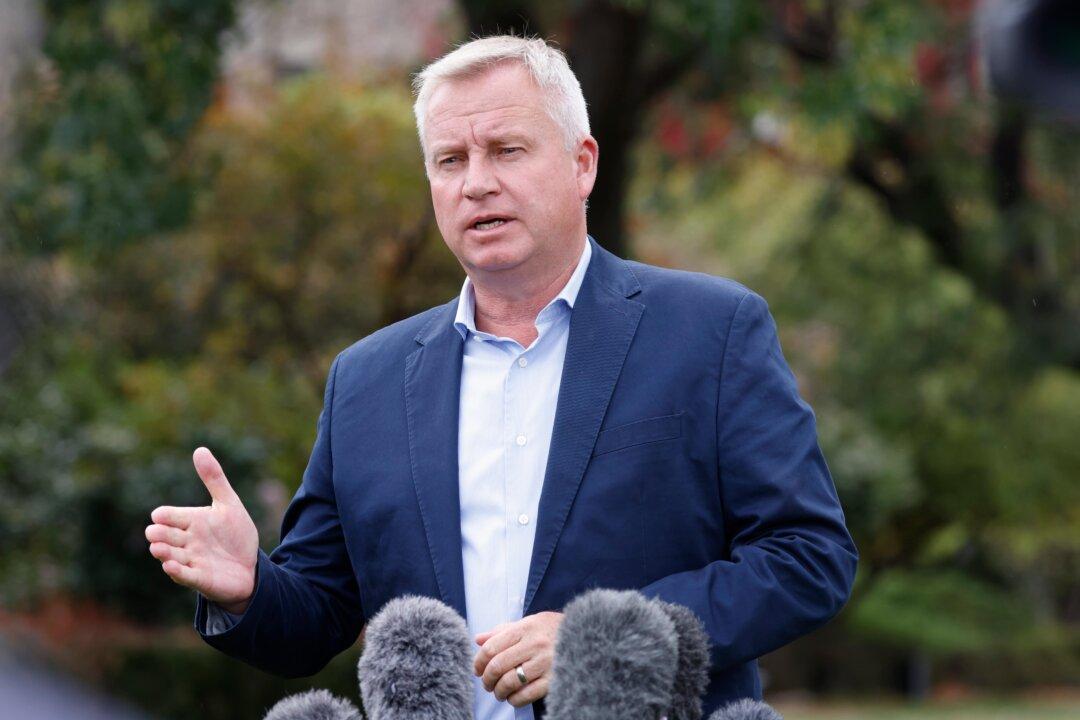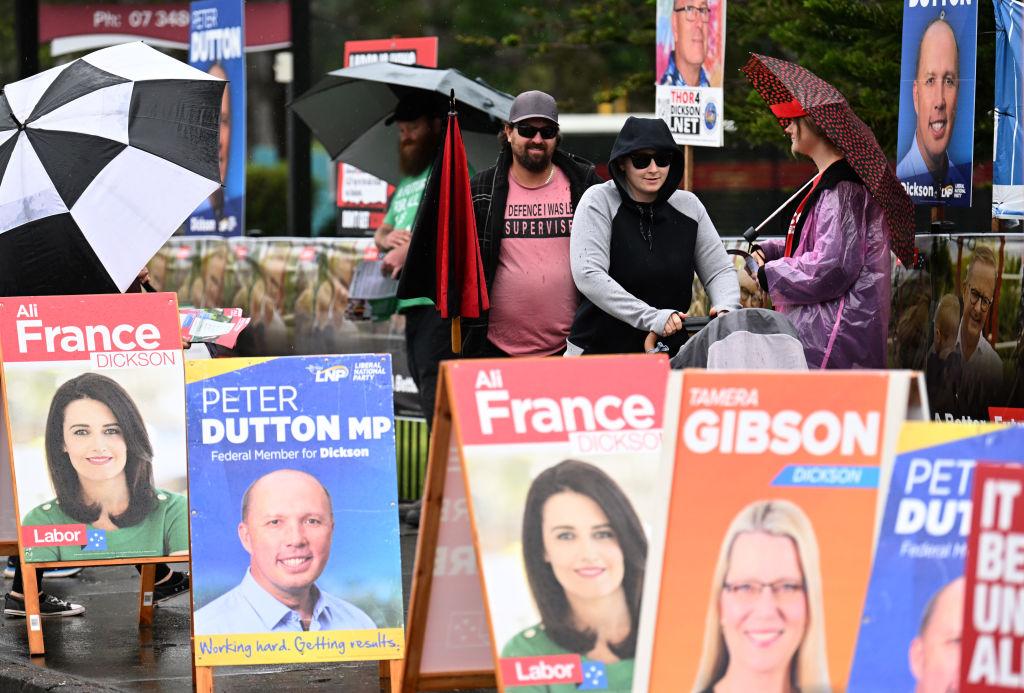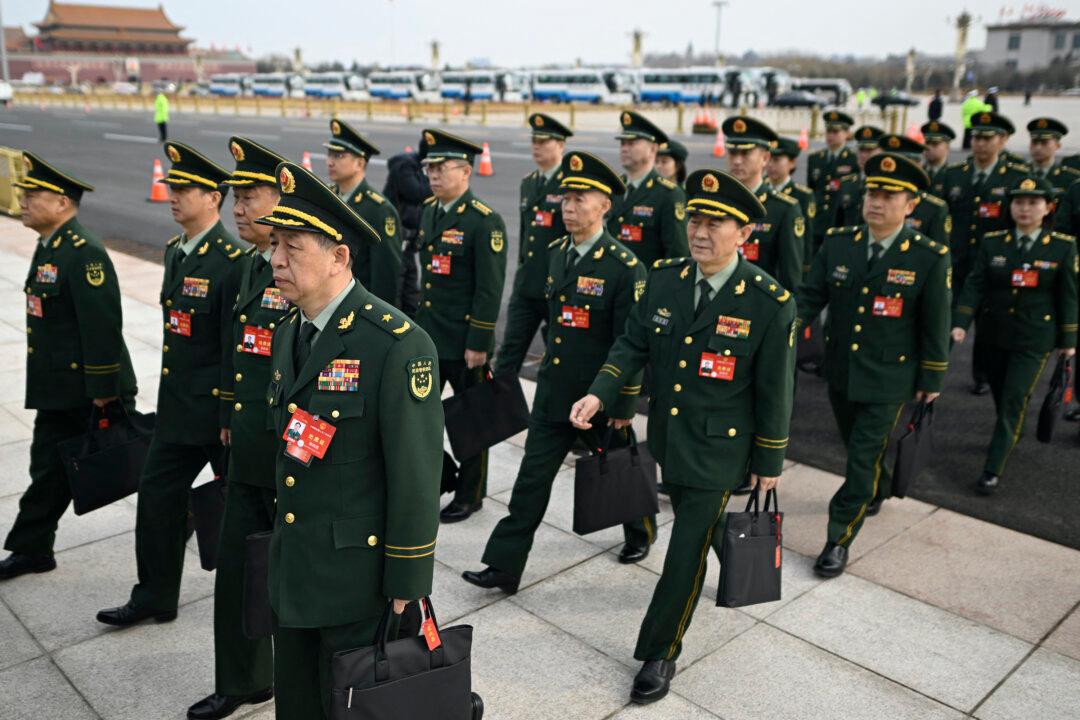Commentary
Within a mere 90 minutes of the polls closing, it had become obvious Australians had comprehensively rejected the signature policy of Prime Minister Anthony Albanese, known as “The Voice,” designed to give Indigenous Australians a special say in government decision-making from an advisory position.
